-
 © Brian Henniker/Gooding & Company
© Brian Henniker/Gooding & Company -
 © Brian Henniker/Gooding & Company
© Brian Henniker/Gooding & Company -
 © Brian Henniker/Gooding & Company
© Brian Henniker/Gooding & Company -
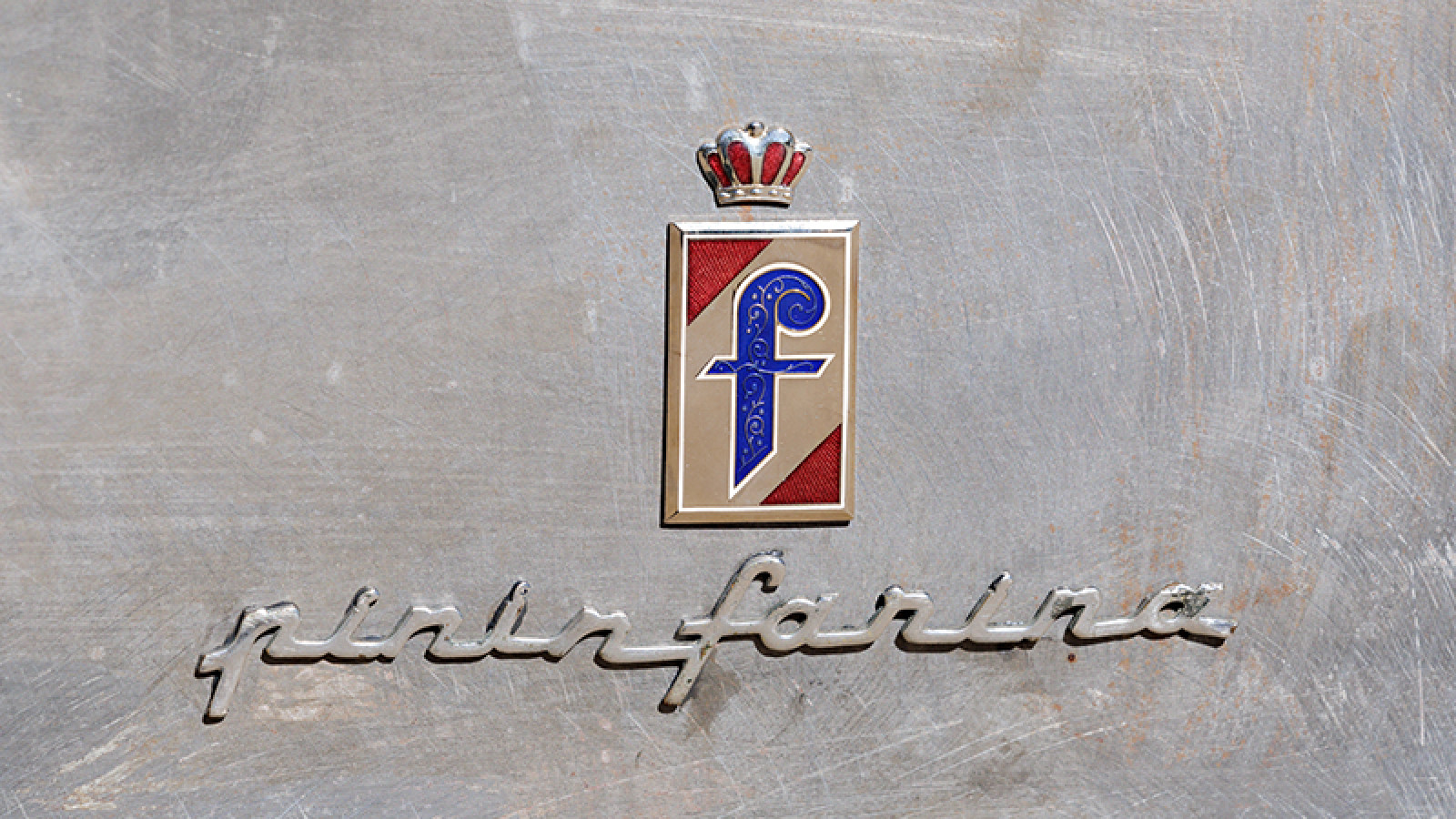 © Brian Henniker/Gooding & Company
© Brian Henniker/Gooding & Company -
 © Brian Henniker/Gooding & Company
© Brian Henniker/Gooding & Company -
 © Brian Henniker/Gooding & Company
© Brian Henniker/Gooding & Company -
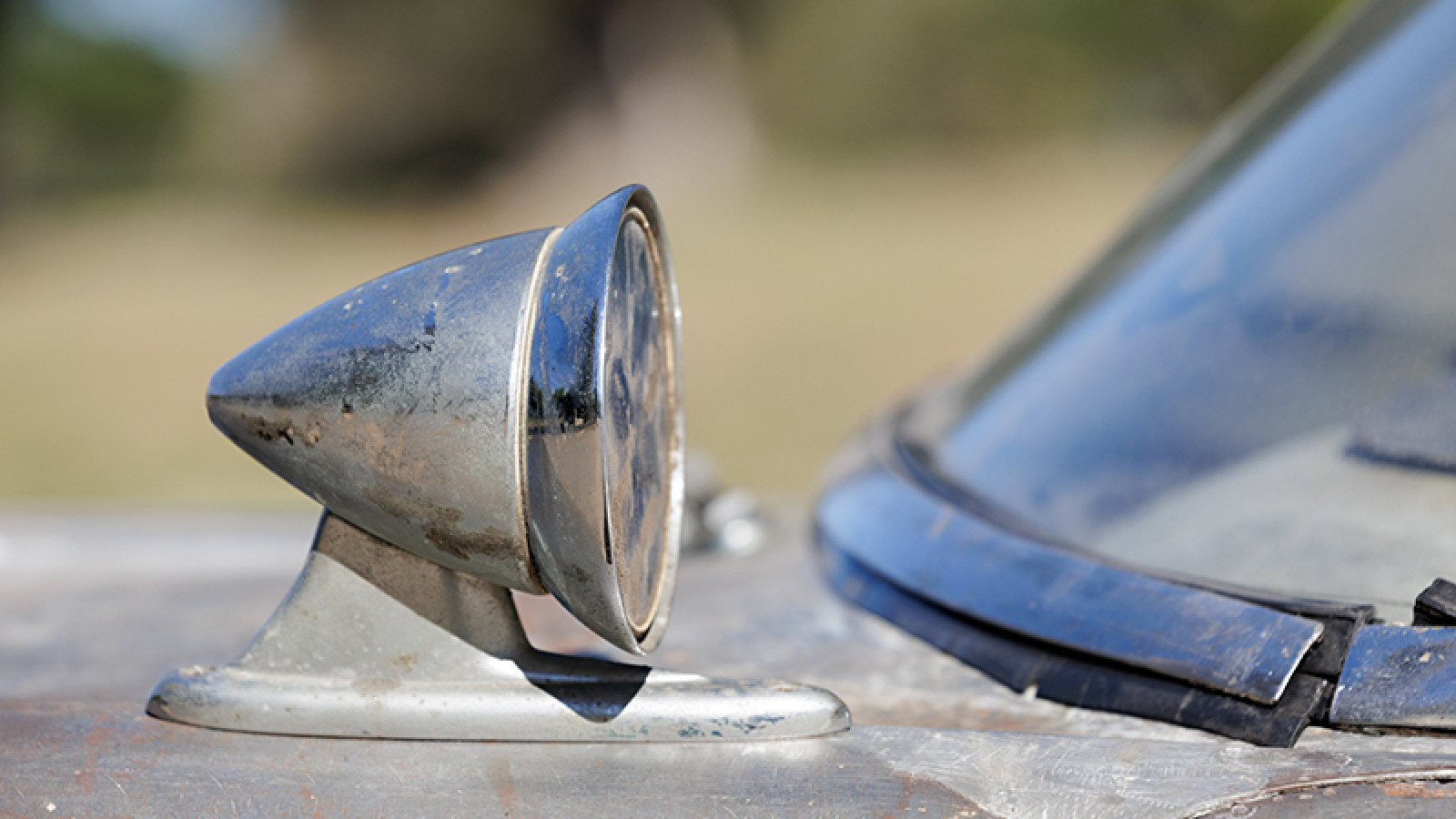 © Brian Henniker/Gooding & Company
© Brian Henniker/Gooding & Company -
 © Brian Henniker/Gooding & Company
© Brian Henniker/Gooding & Company -
 © Brian Henniker/Gooding & Company
© Brian Henniker/Gooding & Company -
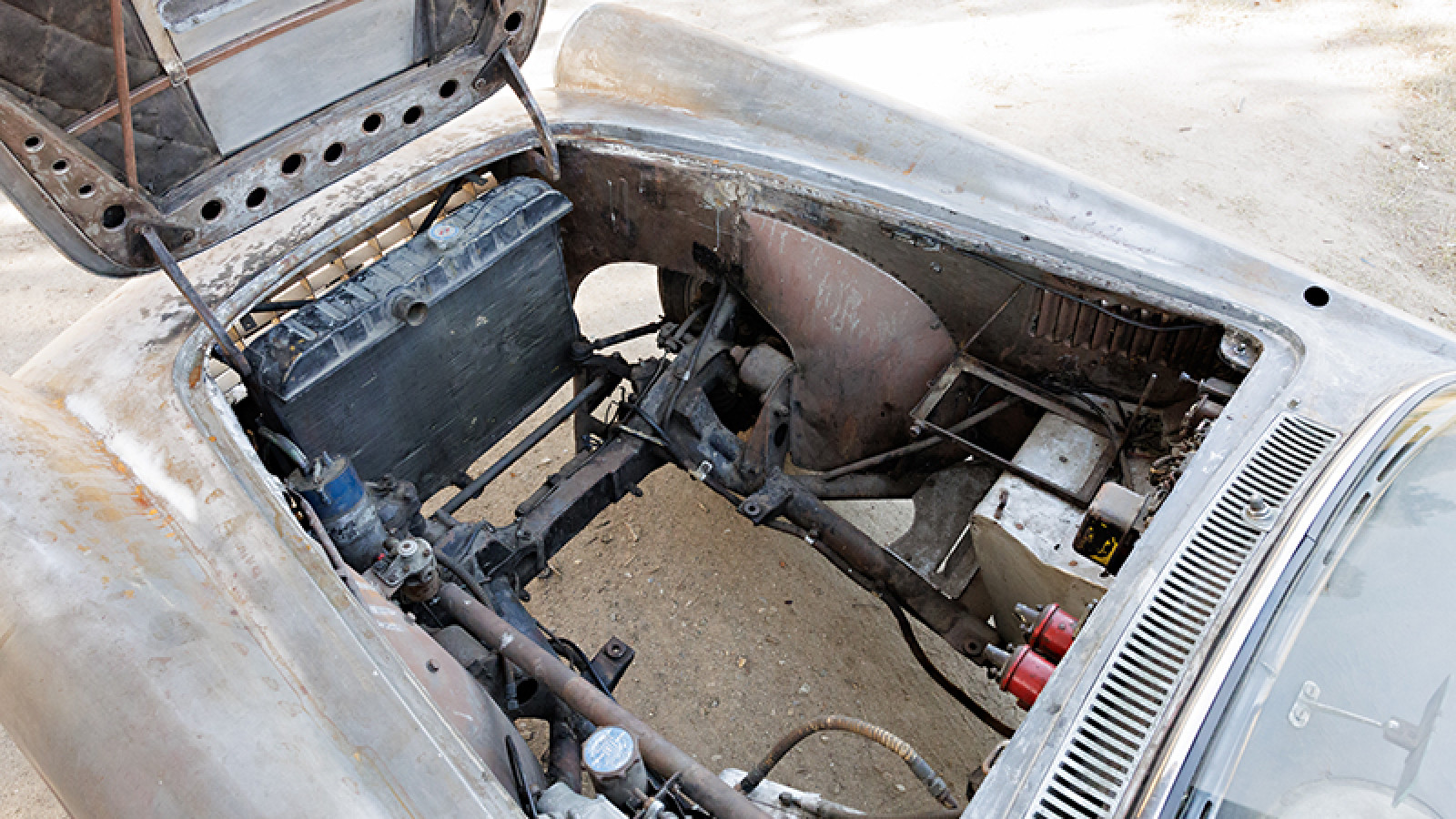 © Brian Henniker/Gooding & Company
© Brian Henniker/Gooding & Company -
 © Brian Henniker/Gooding & Company
© Brian Henniker/Gooding & Company -
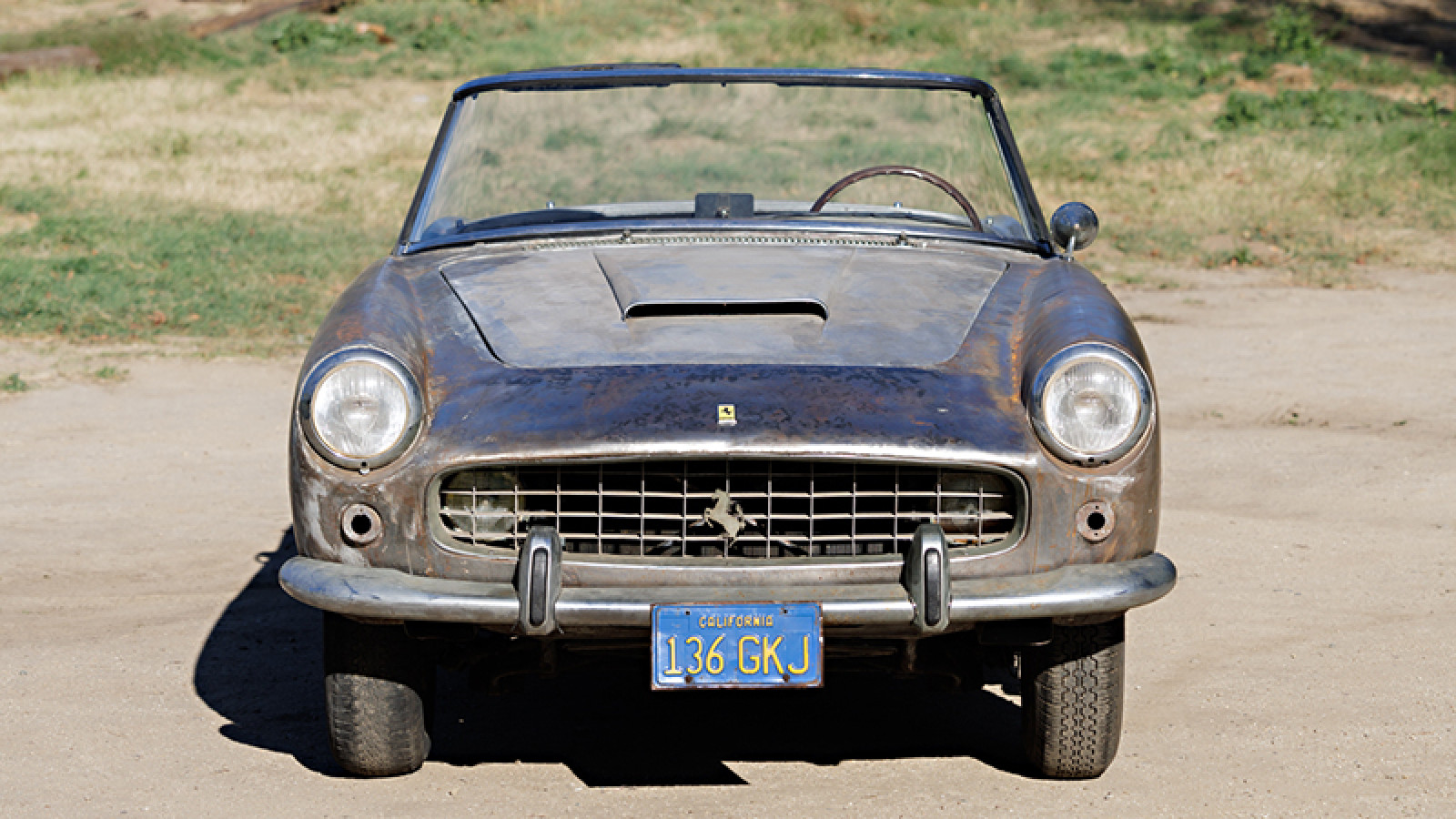 © Brian Henniker/Gooding & Company
© Brian Henniker/Gooding & Company -
 © Brian Henniker/Gooding & Company
© Brian Henniker/Gooding & Company -
 © Brian Henniker/Gooding & Company
© Brian Henniker/Gooding & Company -
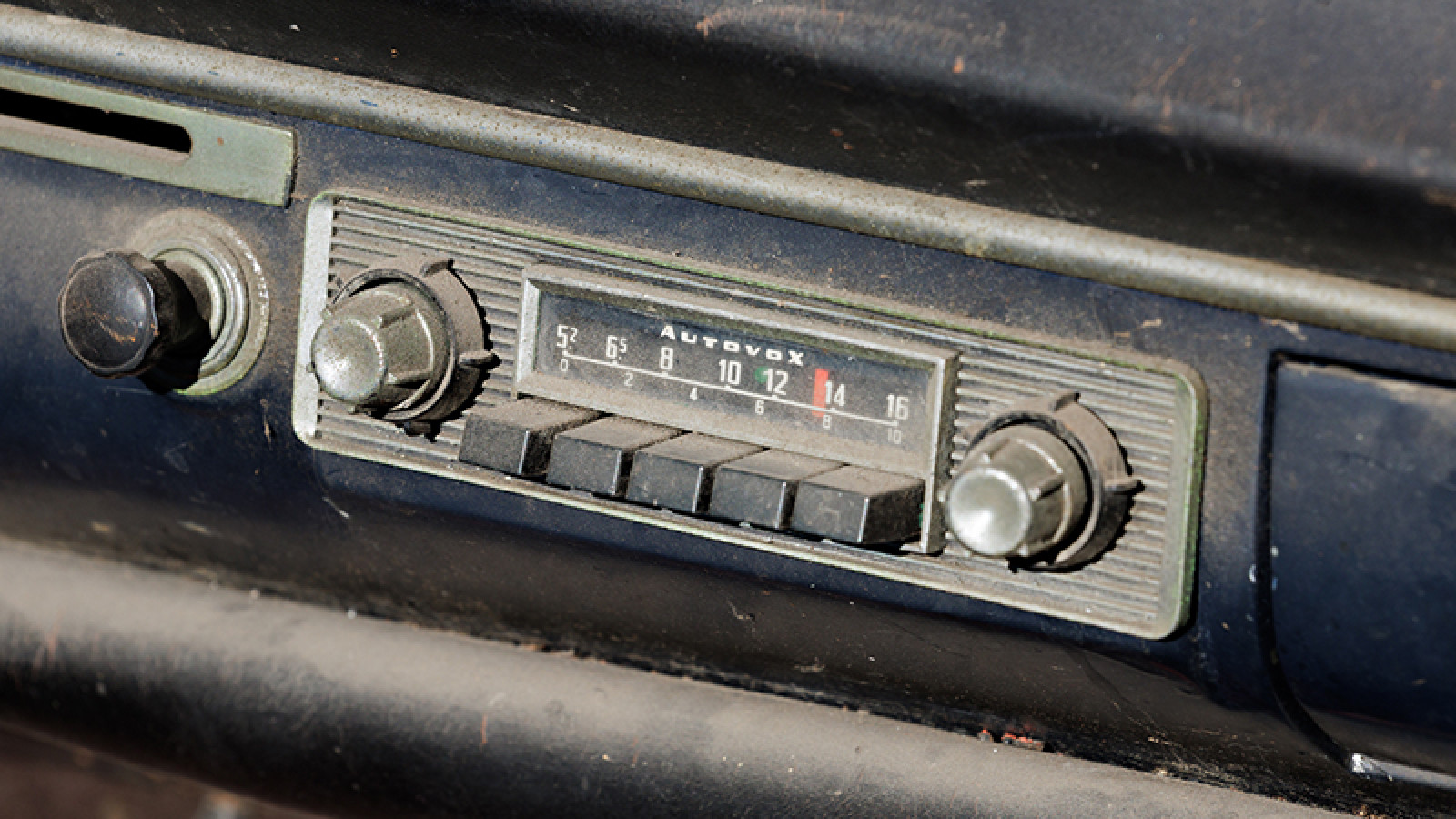 © Brian Henniker/Gooding & Company
© Brian Henniker/Gooding & Company -
 © Brian Henniker/Gooding & Company
© Brian Henniker/Gooding & Company -
 © Brian Henniker/Gooding & Company
© Brian Henniker/Gooding & Company -
 © Brian Henniker/Gooding & Company
© Brian Henniker/Gooding & Company -
 © Brian Henniker/Gooding & Company
© Brian Henniker/Gooding & Company -
 © Brian Henniker/Gooding & Company
© Brian Henniker/Gooding & Company -
 © Brian Henniker/Gooding & Company
© Brian Henniker/Gooding & Company
-
Prancing Horse meets Pink Panther
The Italian Job, Bullitt, Vanishing Point, Quantum of Solace… Some movies are defined by epic car-chase sequences.
The Pink Panther isn’t often remembered for its automotive antics, but this 1960 Ferrari 250GT Cabriolet Series II did play a starring role in the 1963 film.
Recently discovered in a garage in California, where the previous owner dismantled it in preparation for a restoration that never happened, the Ferrari will cross the block at Gooding & Company’s Amelia Island Sale, which takes place on February 29 and March 1, 2024.
This barn-find classic car is expected to achieve $1-1.3m, so let’s take a look at what makes it so special.
-
An Italian ensemble
What other car chase involves a zebra, two gorillas, a knight and a Ferrari 250GT Cabriolet?
This Series II car was pursued by an Alfa Romeo 2000 Berlina and a Fiat Campagnola in The Pink Panther’s zany movie sequence that also featured a drop-top Autobianchi Bianchina.
But to discover how it landed this famous part – and how it ended up in this condition – we have to wind back the clock.
-
Mixing comfort and speed
This Series II car, chassis 1879GT, is one of around 200 Ferrari 250GT Cabriolets built between 1959 and 1962, including 40 Series I models.
Based on 250GT underpinnings, the Cabriolet was designed to be a comfortable cruiser with more trunk space and a plusher cabin than the US-inspired 250GT Spider California.
-
The sweet life
With an asking price of 5.8m lire, the drop-top Ferrari, styled by Pinin Farina, was one of the most exclusive Prancing Horse models.
In 1960, chassis 1879GT was sold new to Prince Alessandro ‘Dado’ Ruspoli, an Italian aristocrat who was such a fit for la dolce vita lifestyle that he inspired the main character in the 1960 movie of the same name.
-
Big in Italy
Ruspoli, who counted Salvador Dalí and Pablo Picasso among his friends, was a big advocate for art and creativity.
He played a role in The Godfather: Part III and also had an interest in exotic Italian cars: a Ghia-bodied Alfa Romeo 6C-2500, a Ferrari 410 Superamerica and a Maserati Mistral Spyder featured in his collection.
-
Star attraction
Build records show that when Ruspoli bought this Ferrari 250GT Cabriolet in July 1960, it was finished in Grigio Conchiglia (gray) with red upholstery.
The Ferrari’s story has been unearthed by marque historian Marcel Massini, who was also given a photo of Audrey Hepburn standing by 1879GT with its original license plate, Roma 404593.
-
New horizons
Ruspoli didn’t hang on to this Ferrari 250GT Cabriolet for long: 1879GT passed through a string of owners between 1961 and ’63, before it was bought by American actor Robert Wagner, whose career on the silver screen had taken him to Europe.
It was during Robert’s two-year ownership that the Ferrari also became a movie star.
-
The cars are the stars
In The Pink Panther, jewel thieves The Phantom and George Lytton (Robert Wagner) are almost rumbled by Inspector Clouseau, who is played by Peter Sellers.
The pair, disguised as gorillas for a fancy-dress party, dive through a window and make a hasty getaway in an Autobianchi Bianchina and Robert’s Ferrari 250GT Cabriolet, escaping Inspector Clouseau in a Fiat Campagnola off-roader.
-
US bound
The Ferrari 250GT Cabriolet was cared for by Rome-based Ferrari dealer Gioacchino Vari during Robert Wagner’s ownership.
The car was sold when the actor returned to America in 1965; it remained in Italy until 1969, when it, too, traveled Stateside.
-
California dreams
The Ferrari arrived in San Francisco and was sold via a Maserati dealer.
It stayed in California, but changed hands once again in the 1970s, when it was bought by Donald Nichols, who worked for a Ferrari specialist in Berkeley.
Shortly after buying 1879GT, Nichols stripped the Ferrari with the intention of rebuilding and restoring it.
-
Next steps
As you can tell from the photos, this restoration never happened and the Ferrari 250GT Cabriolet stayed in Nichols’ garage for the ensuing decades.
It needs plenty of work before it can return to the road, but 1879GT could make a rewarding project.
-
Under the hood
Ferrari’s Colombo V12 engine powers the 250GT Cabriolet.
The 3-liter unit – the same engine that was fitted to period coupes – makes 239HP at 7000rpm.
-
Ready for a rebuild
This car’s engine needs a lot of work before it’s back up and running, but most of the major components are present.
The Ferrari’s original engine block and cylinder heads are included in the sale. So are the three twin-choke Weber carburetors.
-
Blank canvas
Included in the sale is the bright-blue-and-yellow California license plate that the Ferrari was given when it was registered in the US.
Along with the Prancing Horse and Pinin Farina badges, it adds a splash of color to this classic Ferrari’s bare-metal bodywork.
-
Ready to rock
Inside, you can see this Ferrari 250GT Cabriolet’s worn, red-leather seats.
These, as well as the steering wheel, instruments and Autovox radio, are all original.
We suspect the radio might require retuning, though.
-
Young at heart
If you look closely at the dashboard, you’ll see that the odometer shows just 70,000km (43,000 miles).
Fingers crossed, the next owner will be able to rack up some more miles in the not-too-distant future.
-
Same, but different
This Ferrari 250GT Cabriolet has its original chassis, stamped 1879GT.
However, during the Ferrari’s convoluted production, it’s believed that this car’s bodywork was swapped with another gray-colored 250GT Cabriolet, chassis 1911GT.
-
Ferrari twins
As a result, this Ferrari’s bodywork is stamped with the Pinin Farina number 29736, originally destined for the visually identical 1911GT.
This is believed to be a factory mishap because chassis 1911GT has body number 29732, which, according to the build records, was assigned to this car, 1879GT.
-
Stopping power
Confusing history lesson over, let’s move on to the brakes: behind its wire wheels, the Ferrari 250GT Cabriolet Series II has Dunlop disc brakes all round.
Series I cars were equipped with drum brakes, with one notable exception: Ferrari racing driver Peter Collins had disc brakes fitted to his early prototype – it also had a cut-out in the driver’s door to create a rudimentary armrest.
-
Subtle changes
Early Ferrari 250GT Cabriolets had covered headlamps, while later models, such as this car, had exposed items due to a change in legislation.
The eggcrate grille was a Pinin Farina design trait.
The Italian coachbuilder became Enzo Ferrari’s go-to when the boss wanted greater uniformity among the marque’s road cars.
-
Ready, steady, bid
This silver-screen Ferrari 250GT Cabriolet Series II will be sold in Gooding & Company’s Amelia Island Sale, where it’s expected to go for $1-1.3m.
The auction is on February 29 and March 1, 2024, during motoring festival The Amelia, which takes place on Amelia Island, Florida, USA, from February 29-March 3, and includes the famous concours d’elegance, plus talks, seminars and RADwood, a celebration of ’80s and ’90s automotive lifestyle.
You can view Gooding & Company’s Amelia Island auction catalog here.
